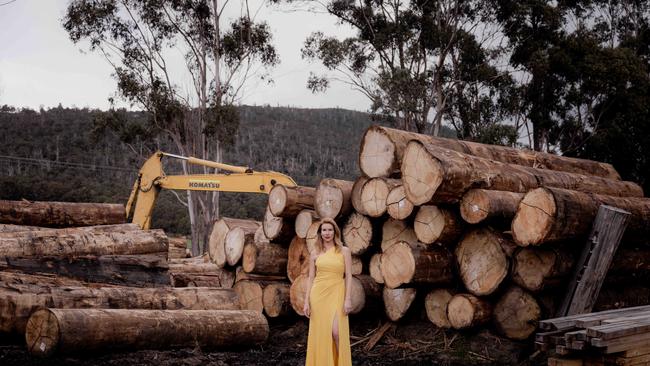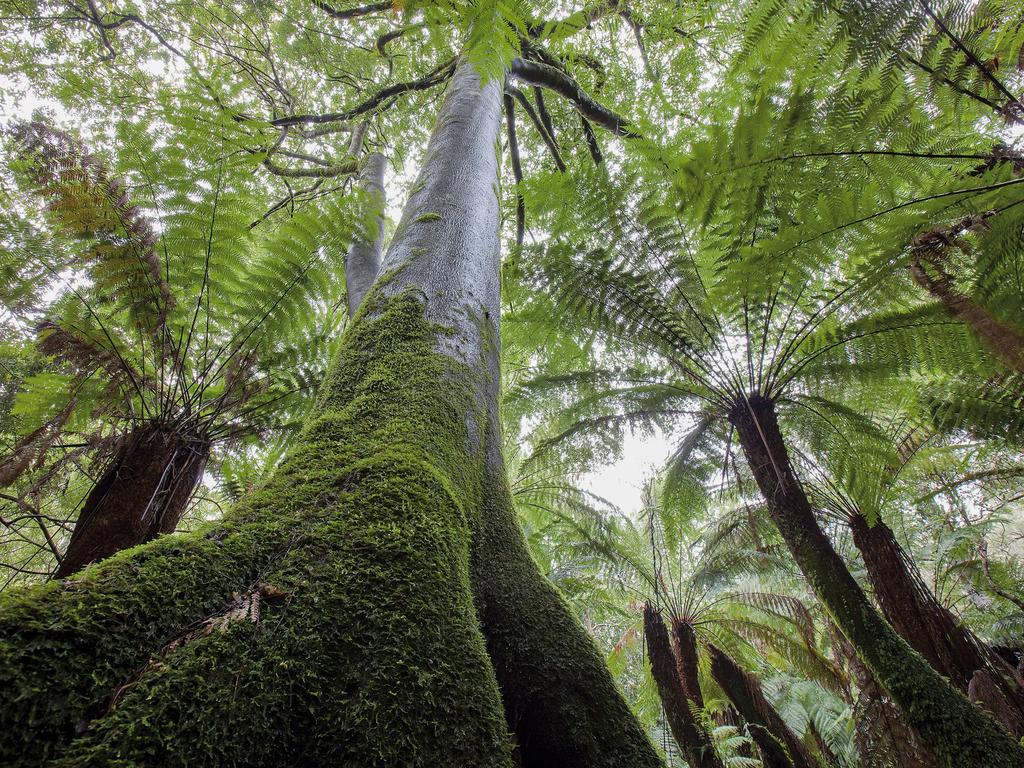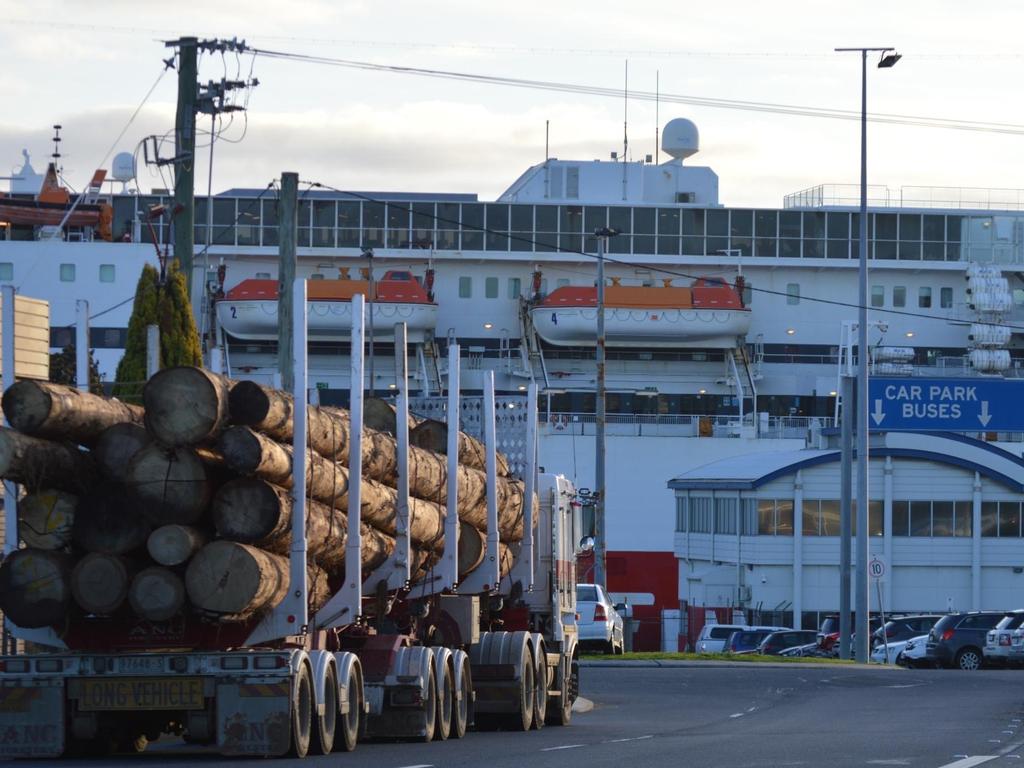The art of consensus: MONA seeks to move Tassie beyond the forest wars
Having transformed Tasmania economically, socially and artistically, the Museum of Old and New Art is now turning to an arguably more challenging task: ending the state’s forest wars.

Having transformed Tasmania economically, socially and artistically, the Museum of Old and New Art is now turning to an arguably more challenging task: ending the state’s bitter forest wars.
Artist and curator Kirsha Kaechele, wife of MONA owner David Walsh, has convened forestry, Indigenous, policy, conservation and economic figures, seeking consensus on how to extract the greatest value from native forests.
“The Forest Economics Congress focuses on a central question: what is the value of Tasmania’s forests and how do we derive the greatest benefit for the Tasmanian community,” Kaechele explained on Monday.
“The congress offers a truly open space to ensure that everyone is heard, working together towards an optimal future that benefits Tasmanians and creates the greatest prosperity from our forests.
“We are looking towards positive outcomes, like genuine friendships across divides, shared, agreed definitions of difficult terms like old growth forest and regenerated forest, methodologies for valuing Tasmania’s forests, and shared pathways forwards.”
While conservationists want native forests protected for their value as carbon stores, Kaechele said the congress – at MONA this week – would take a much broader approach.
“We’ll be looking at the full spectrum of potential values,” she explained at a ‘picnic’ for participants in a myrtle forest on Hobart’s outskirts. “So tourism, community, First Nations’ perspectives, emerging models across the globe including carbon credits.
“But we recognise that carbon credits have been an extremely fraught area with a lot of corruption and false accounting… It’s in no way a stitch up for a carbon market solution.”
The future of native forestry is a hot topic nationally, with Victoria phasing it out earlier than expected and anger in Tasmania that Victorians subsidised to exit the sector are looking to muscle in on local resource and contracts.
Congress participant, Tasmanian Sawmillers Association spokesman Matthew Torenius, said it was “the most interesting forestry conference I’ve ever been to”.
He hoped the congress would achieve a consensus that Tasmanian-based mills and forestry operators should have priority access to the state’s native timber.
“I think it is a crucial time for the industry,” he said. “The imminent closure of the Victorian native forest industry has meant there is a crunch on for the supply of high quality timber products.
“We are seeing a lot of parties from Victoria trying to source product and we are also seeing Victorian sawmills coming down here trying to source product.
“I am passionate to… see that resource used in Tasmania... It is really a case of doing as much as we can with our resource in this state and providing jobs for Tasmanians.”
He was entering the congress with an open mind. “To get everyone in the same room is no mean feat,” he said. “I’m here to listen and to learn and I hope everyone feels the same way.
“I would argue that the forestry industry is a sustainable industry. I’m very interested to hear some of the discussion around biodiversity credits, and carbon credits.”






To join the conversation, please log in. Don't have an account? Register
Join the conversation, you are commenting as Logout